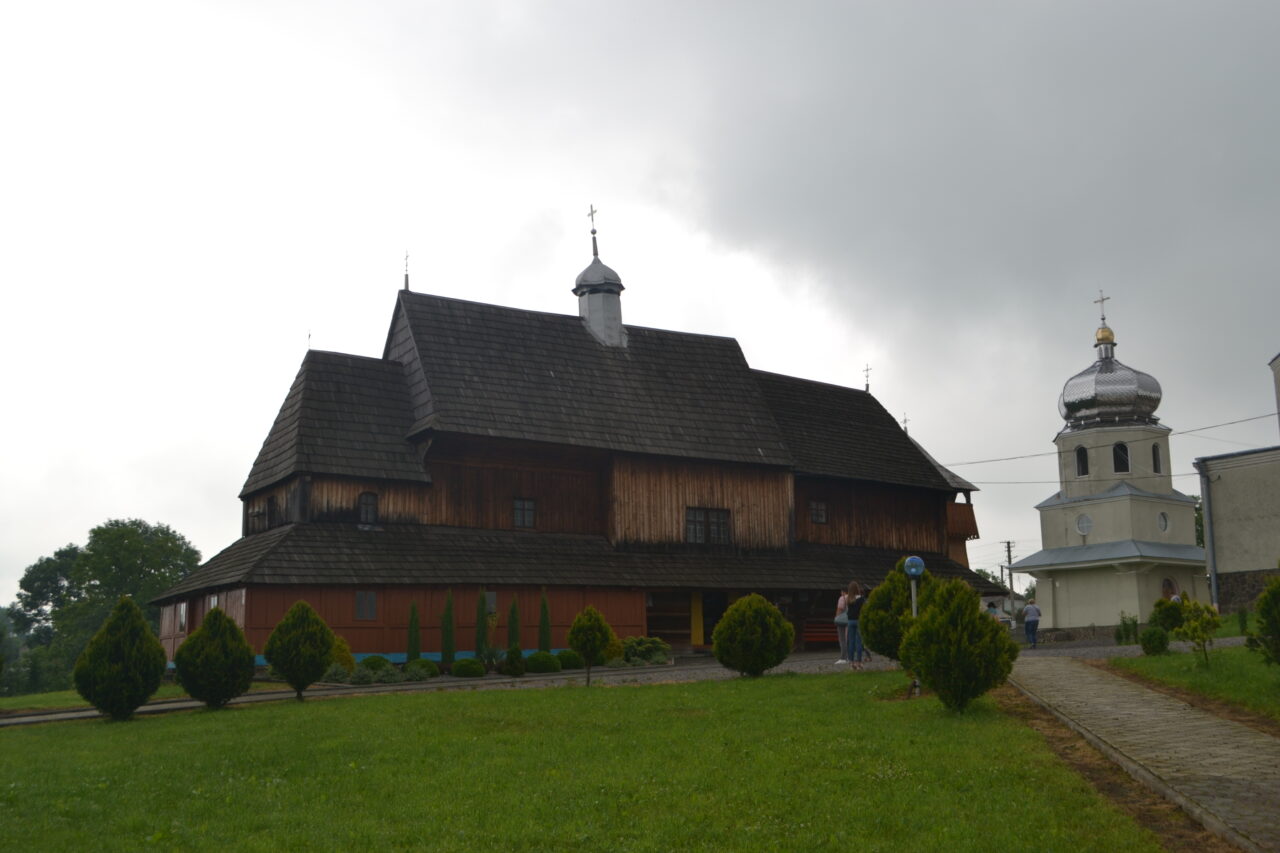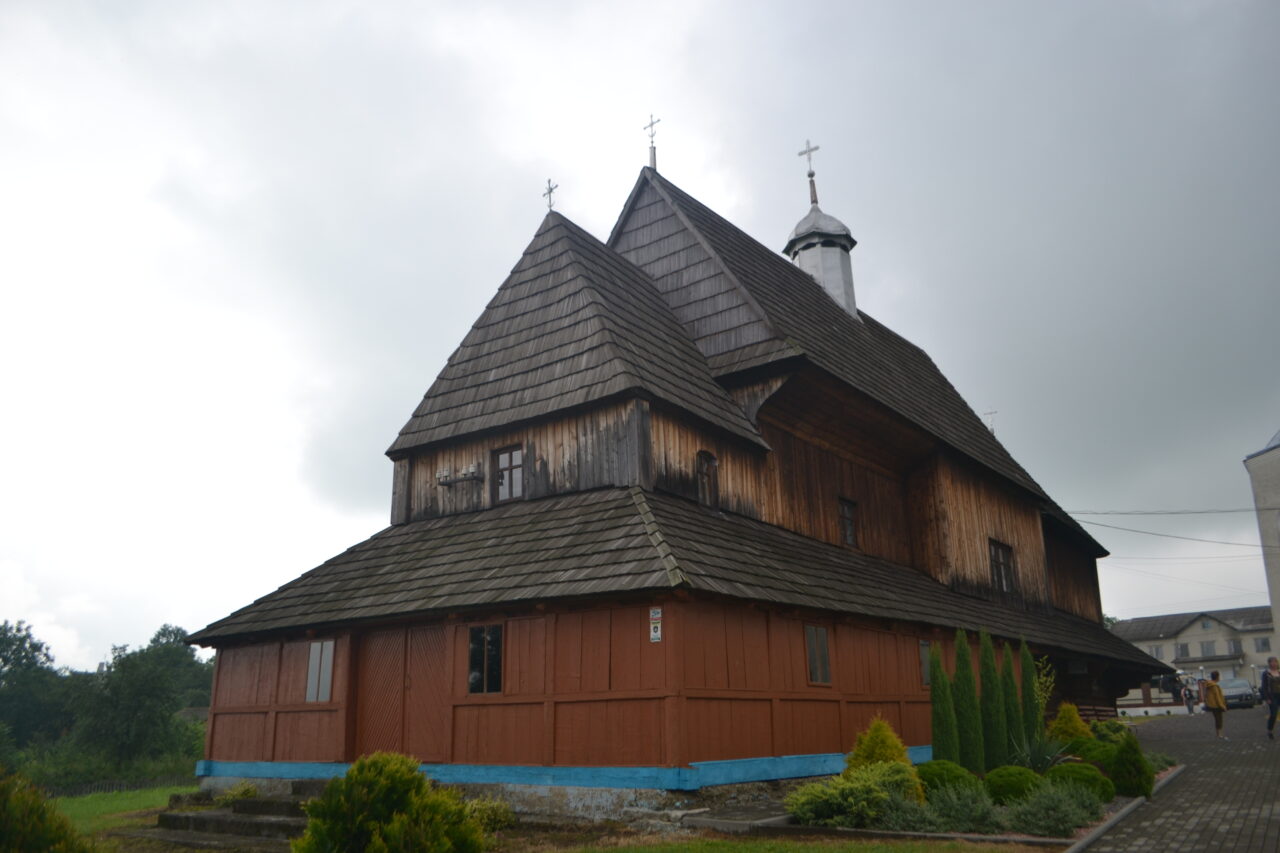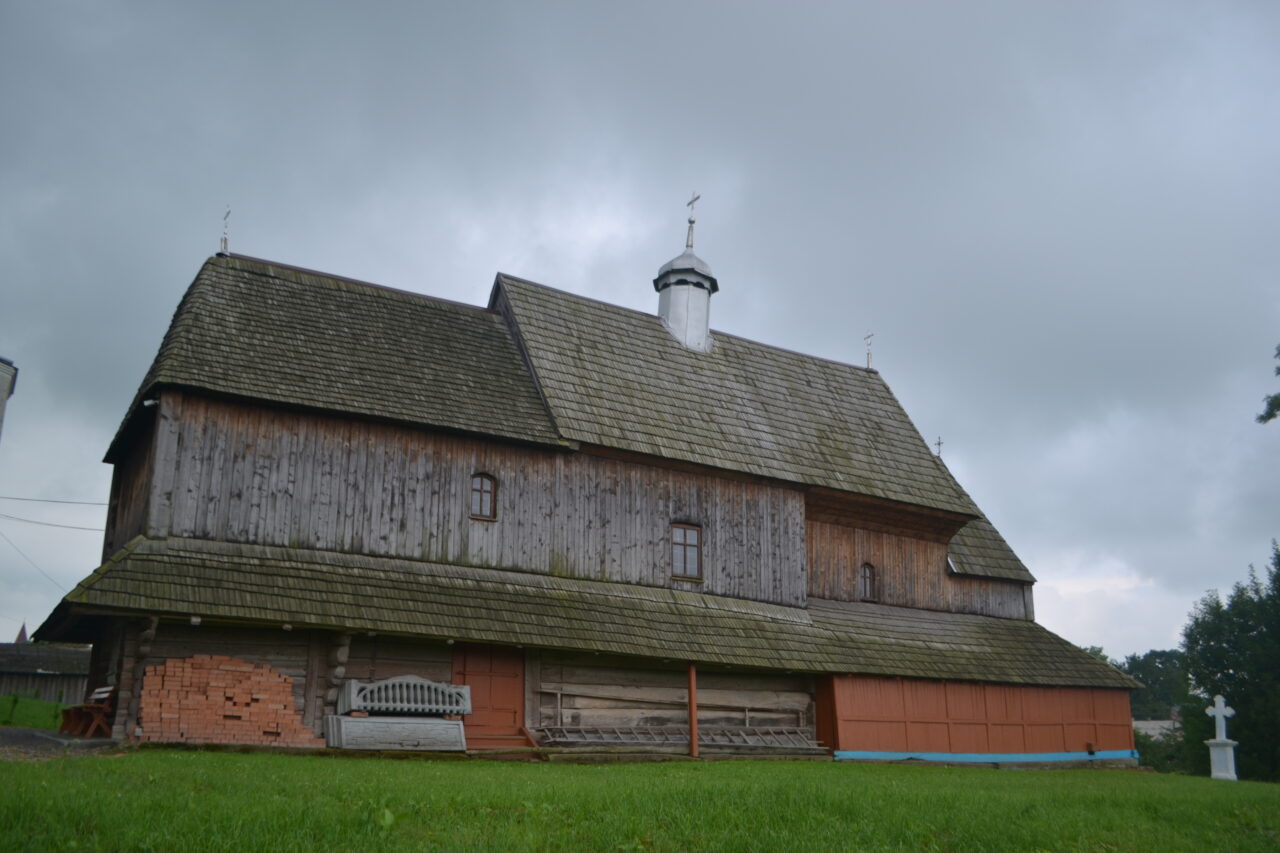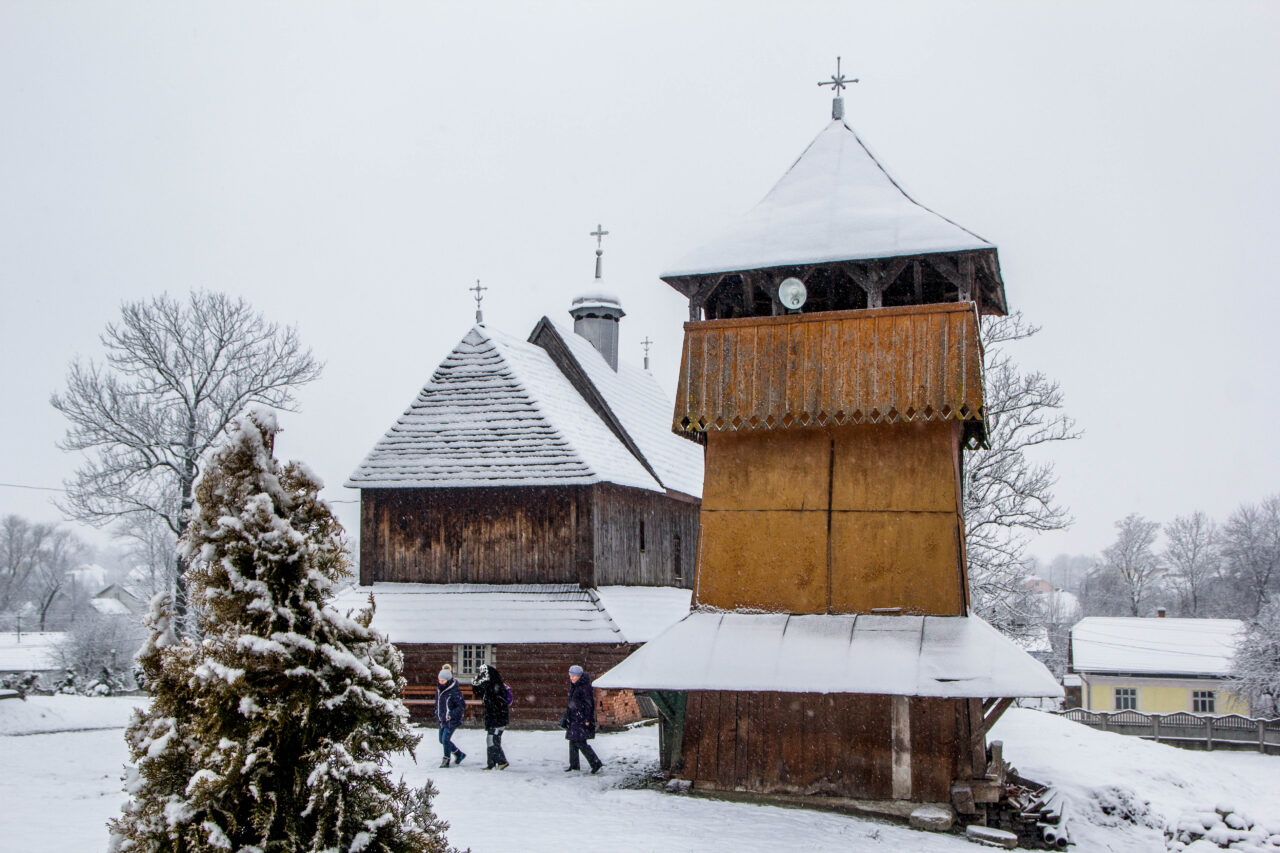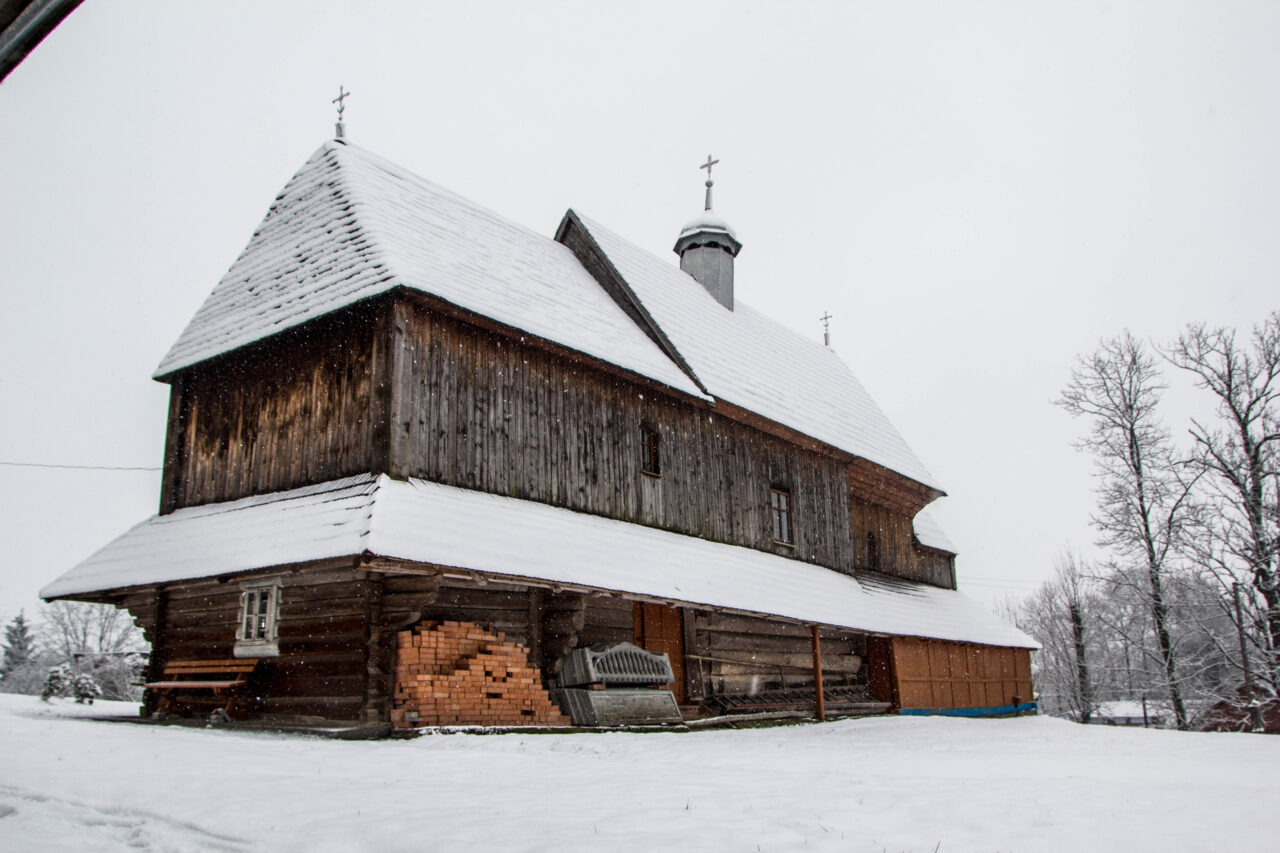The small Medenychi town, which stretches along both banks of the Letnianka River in Boiko Pidhiria, has been known since 1395. That year, Polish King Vladyslav Yahailo stayed in the settlement.
Beekiping has long been really developed in the village, which probably influenced the origin of the name, because ‘Med’ (honey) was the basis of economic life in ancient times. Even today you can see bees and hives on Medenychi flag and coat of arms. Bees are said to once have saved the village from the Tatar attack. Nowadays you can learn about the beekeeping traditions in Drohobych region during the annual Honey Festival, which takes place here. Moreover, the town was known for its plantations of hop, which was being grown here for a long time.
As there were lots of natural springs with crystal clear water near the village, hop and delicious water, the Jewish brothers Joseph and Maurice were able to establish a brewery here in the 19th century to produce beer and soda water. This brewery products turned out to be so popular that it began to be exported around Europe. The brewing traditions did not stop even in Soviet times, but, unfortunately, now the beer past of the Town is in decline and waiting for its revival.
During the Middle Ages Medenychi was a part of the Sambir royal economy, at that time the village was completely surrounded by fences and ramparts. Mnishky magnates built their estate among these fortifications. Some sources report that in 1604 a hollow wedding of Maryna Mnishek and Dmytro Ivanovych (False Dmitry I), the future Moskow Tsar, took place here. Unfortunately, the family’s property has not remained, and a prison and courthouse were later built in this place.
However the main village landmark is the wooden church of the Assumption of the Blessed Virgin. In the archival documents of the village it is recorded that the predecessor of the modern church was buil in 1589 an consecrated in honor of St. Paraskeva. According to the inscription on the door jamb, the existing wooden church was built in 1644 and in 1660 it received a privilege from King Jan III Sobieski. The simple and massive forms of the building immediately catch the eye, and the shingled roof indicates its antiquity. The shrine belongs to the three-story three-log topless churches and is one of the most valuable and interesting ones in the Precarpathians.
Medenychi church of the Assumption of the Blessed Virgin impresses with its original architectural composition. As it doesn’t have the usual tops, it is similar to the ancient wooden temples, called house-type ones. The original appearance of the church is given by the horizontal composition, which is enhanced by several factors: broadened extensions along the temple altar and the narthex, which makes the building visually longer; a small entryway added to the narthex in 1820 and the sacristy added to the altar; common and elongated roof of the central and western log cabins; a wide attic around all the construction together with extensions, instead of only its three logs.
Previously the church had an arcade-gallery around the narthex and the entryway, and used to be its additional feature. But in the 1960s the gallery was sewn with boards in order to obtain additional space, but, in fact, in deprived the temple of openwork and lightness. The gabled nave roof, which appears to be slightly higher, is crowned on the ridge by a roof lantern with a top, which is covered with tin, unlike other wooden building elements. And it is remarkable that the unique shingled covering was not replaced, as it is fashionable now, by a solid plate, because the shingled roof is the main temple feature.
On the central door you can see two saints’ painted figures. This is one of the first Christian theologians, the Holy Apostle Paul, depicted with his attribute – the sword and one of the closest Christ’s disciples, the missionary St Peter the Apostle, holding the keys to the Kingdom of Heaven. Next to the window, on the wall there is a picture with extremely rare iconographic plot – Jesus Christ is standing in front of the fishermen in the middle of a stormy sea. Such an image of Christ is extremely rare, which gives this picture special value.
An interesting local legend states that this temple wasn’t damaged by any troubles during all the years of danger. The church survived thanks to holiness, which still protects this pearl of Galician architecture from disaster.
The bell tower, like the church, is made of wood, and dates back to the 17th century. There are two tiers in it. The church belongs to the Orthodox Church of Ukraine community, and together with the bell tower it is a unique example of traditional Galician architecture, which is included in the State Register on National Cultural Heritage of Ukraine.
Next to the old church, in the late 1930s, the town dwellers started building a new, brick temple, designed by Lev Levynskyi. When just the foundation was completed, the Soviets’ arrival spotted the construction for long half a century. In the days of Ukrainian independence, the temple was completed, according to the old project.

